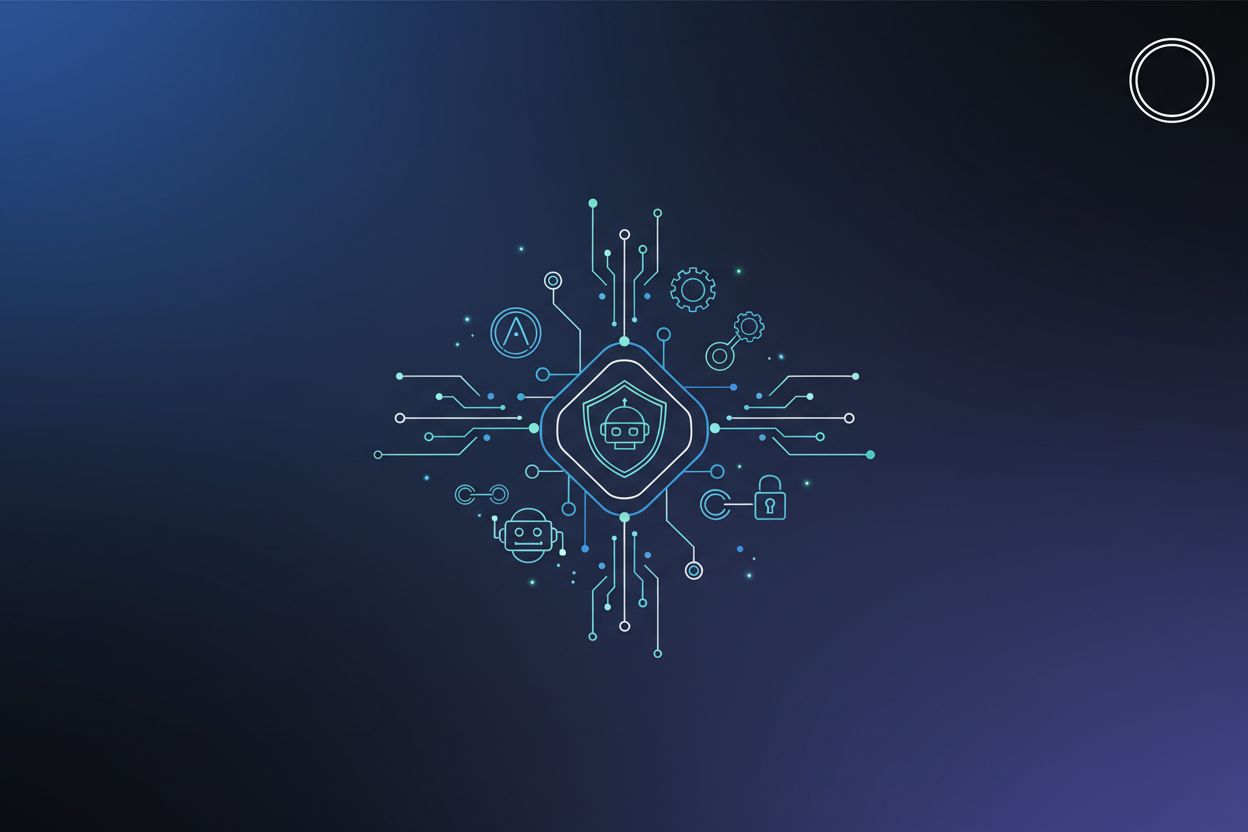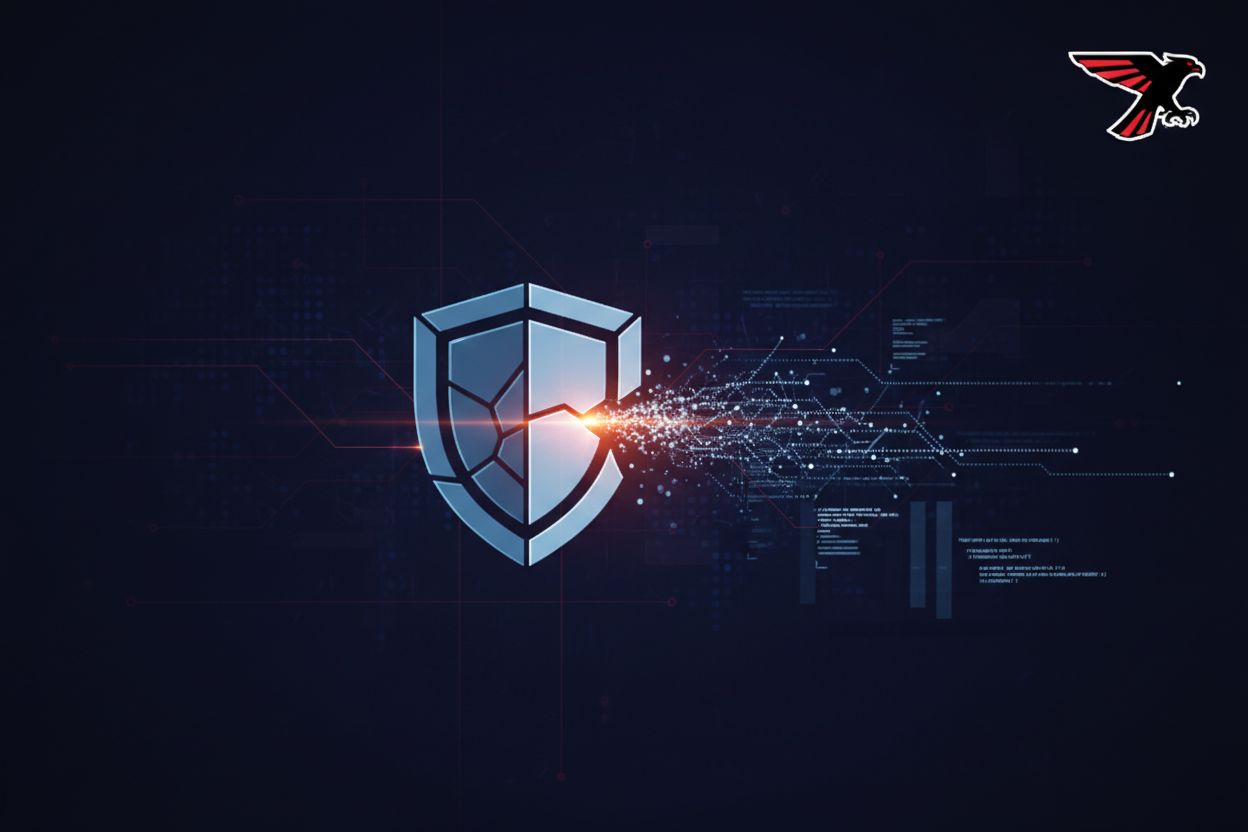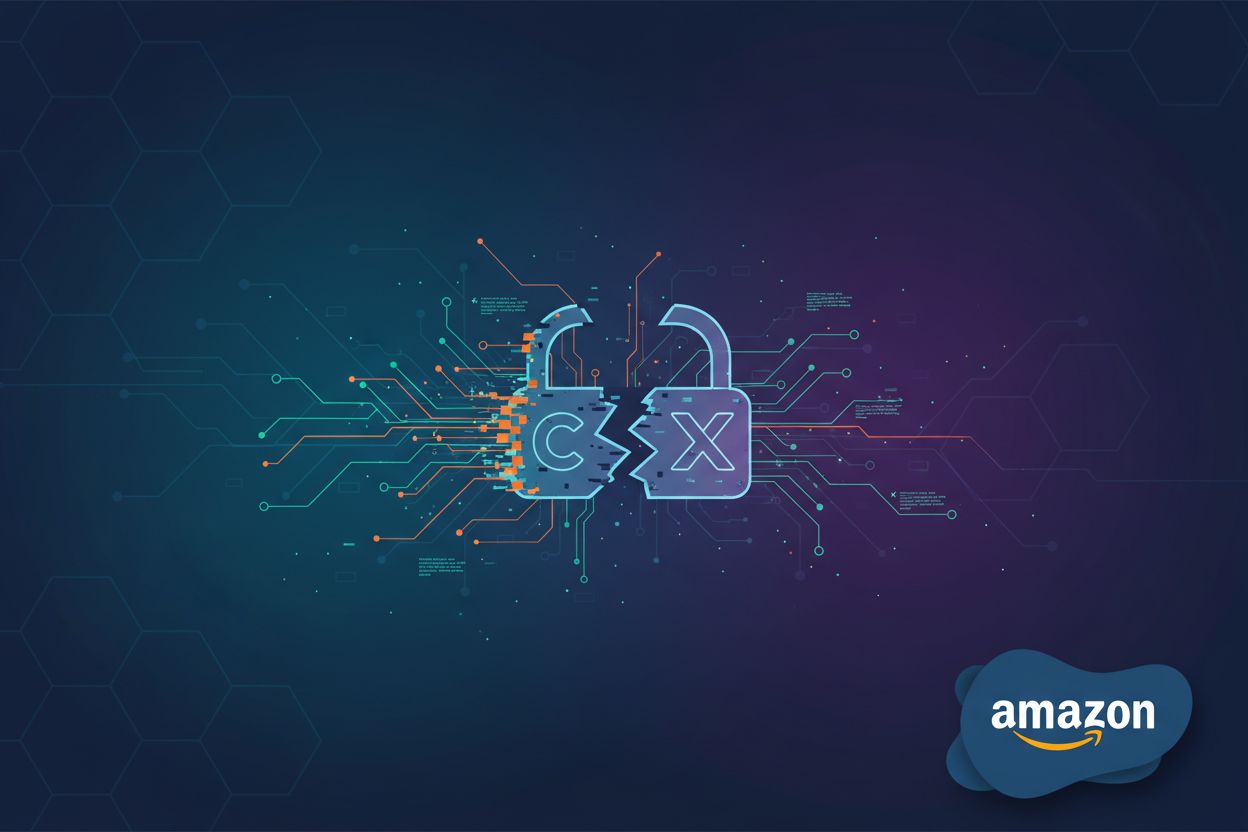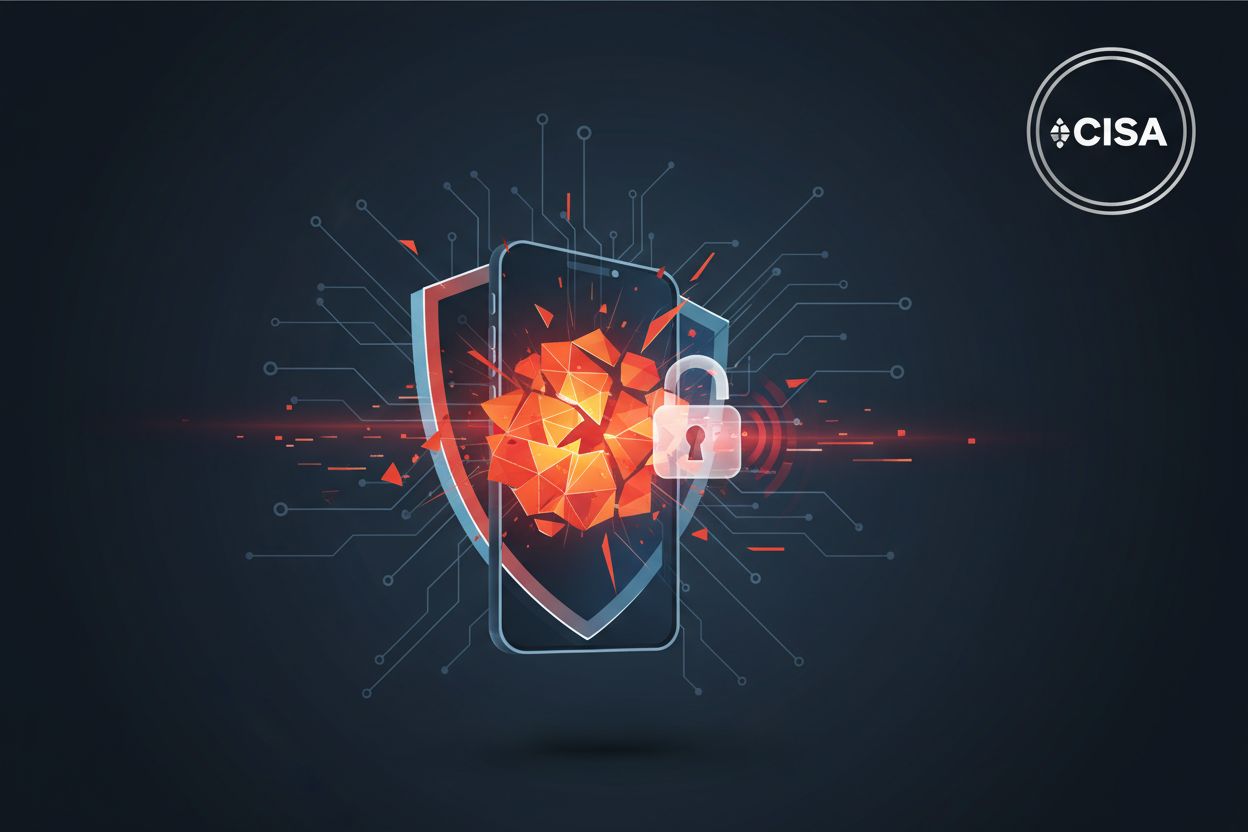Managing Non-Human Identities: A New Frontier in Cybersecurity

TL;DR
The Growing Threat of Non-Human Identities in Cybersecurity
Non-human identities (NHIs), such as AI agents, bots, and machine-generated tokens, are becoming a significant part of the digital workforce. According to a PwC study, 35% of businesses have adopted NHIs, with over 70% planning implementation in the near future. These entities introduce security risks, making enterprises vulnerable to targeted attacks and providing fraudsters with new capabilities. AI agents are used to generate fraud schemes, expanding the cybercriminal pool and broadening the threat landscape.
The Expanding Threat Surface
NHIs, used for tasks like accessing APIs and deploying AI chatbots, create a large, often unmonitored threat surface. These identities often have persistent access and minimal oversight, making them prime targets for attackers. The barrier to entry for launching attacks using NHIs is decreasing due to AI-as-a-service tools that can generate synthetic identities and malware. Gopher Security specializes in AI-powered, post-quantum Zero-Trust cybersecurity architecture to combat these evolving threats.
Enterprises need to extend identity proofing to NHIs with:
- Strong cryptographic credentials
- Regularly rotated keys
- Zero-trust access policies
Enterprises must treat NHIs as first-class identities, tracked from creation to decommissioning, with clear ownership and role-based access controls. Continuous, AI-powered risk assessments are needed to evaluate behaviors and anomalies in real time. More on AI-powered risk assessment.
Identity Intelligence for NHI Attack Vectors
Fraudsters use NHIs to execute high-volume, automated attacks. Defenses require multilayered, intelligence-driven mechanisms to identify risk across transactions and devices. Strategies include:
- Velocity Patterns: Detecting behavioral anomalies like repeated identity submissions.
- Advanced Liveness Detection: Using motion, depth, and texture cues to distinguish real users from AI-generated imposters.
- Cross-Transactional Risk Assessment: Linking risk signals across systems to identify and disrupt fraud patterns.
Gopher Security's platform converges networking and security across devices, apps, and environments, utilizing peer-to-peer encrypted tunnels and quantum-resistant cryptography to address these challenges.
NHI Management Challenges
Modern enterprise networks rely on numerous apps and infrastructure services that require secure interaction without human oversight. NHIs, including application secrets, API keys, and service accounts, have grown significantly. In some enterprises, NHIs outnumber human identities 50-to-1. According to an Enterprise Strategy Group report, 46% of organizations have experienced NHI compromises.
CISOs face three main challenges in securing NHIs:
- Gaining Visibility: Discovering NHIs within the environment. Implementing an identity security posture management solution can help identify NHIs across the organization.
- Risk Prioritization and Reduction: Identifying high-value and over-privileged NHIs to reduce risk.
- Establishing Governance: Managing the creation and decommissioning of NHIs with clear processes.
The Importance of "Just Enough" Access
Effective solutions must provide comprehensive discovery and inventory capabilities. Automated analysis of NHI usage is needed to identify over-privileged identities. Core to automated NHI security is enforcing "Just Enough" access, where NHIs have the minimum permissions necessary, granted only for the time required. Learn more about access management.
!Cybersecurity Certificate
Securing NHIs: A Business Imperative
NHI management is a critical security discipline. Organizations should gain visibility, automate least privilege enforcement, and integrate controls into existing workflows. By managing NHIs effectively, businesses can reduce risk and enable safer, more intelligent automation. Gopher Security offers a platform designed to meet these challenges with its AI-powered, post-quantum Zero-Trust cybersecurity architecture.
Explore how Gopher Security's innovative solutions can protect your organization from the evolving threats associated with non-human identities. Contact us today to learn more.





